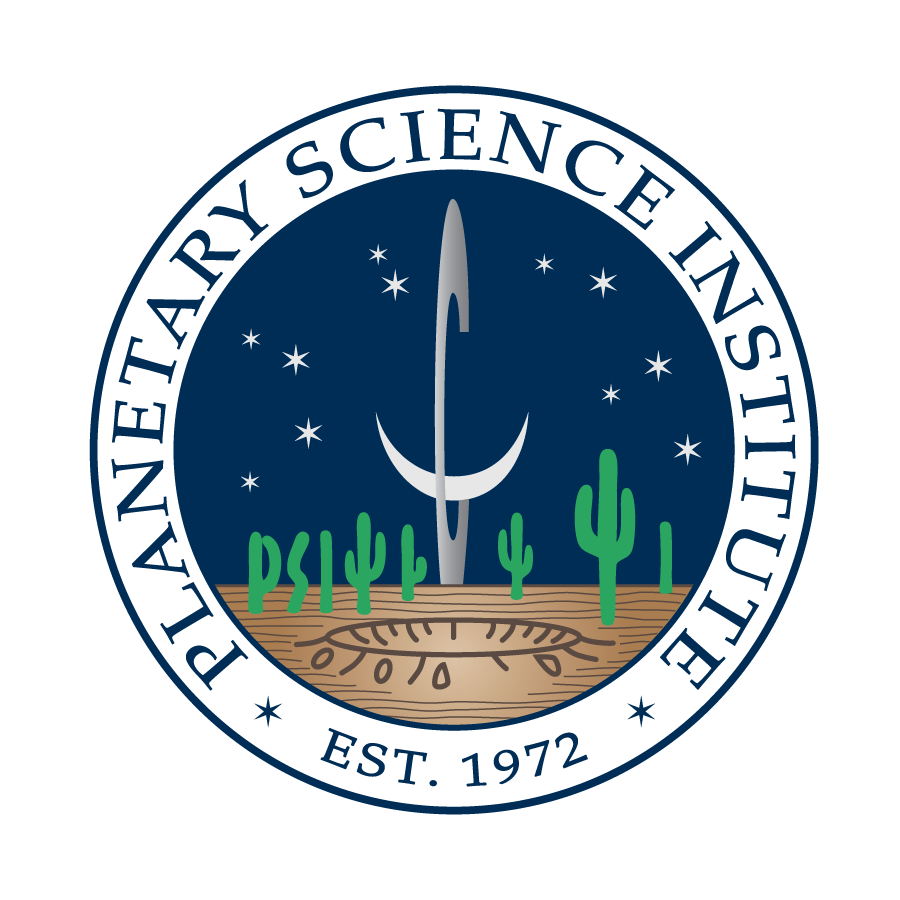Launch Date
PORPASS development began mid-2020 and is expected to be completed by Spring 2024. We will be hosting a User's Workshop at the 2024 Lunar and Planetary Science Conference (LPSC) where we will provide an overview of PORPASS, introduce the various tools available through the web-application, and show users how to use PORPASS as a valuable research tool.
PORPASS is hosted by:
 The Planetary Science Institute
The Planetary Science Institute1700 East Fort Lowell, Suite 106
Tucson, AZ, 85719-2395, US
P: (520) 622-6300